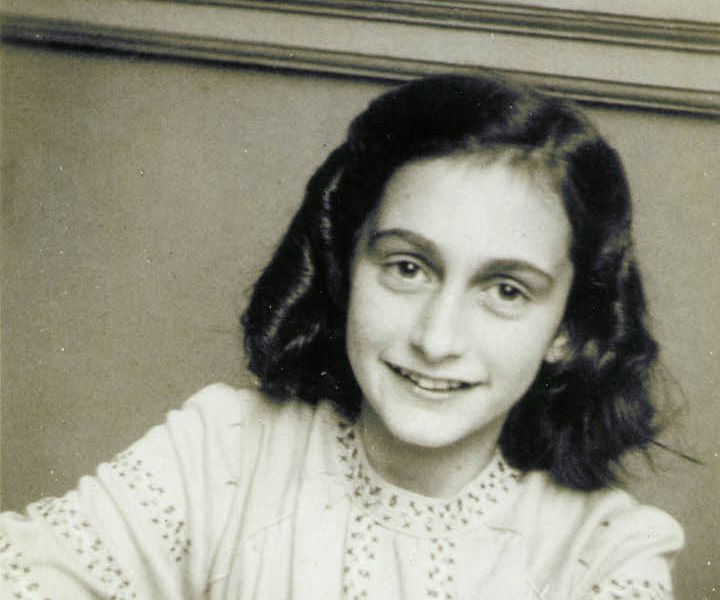75 Years Later: The Capture of Anne Frank
August 10, 2019

Introduction
Very few Americans have completed their public education without hearing the story of Anne Frank and likely reading her diary.
The story of the young holocaust victim functions as a microcosm of the horrors of the holocaust, and a glimpse into the lives of those who experienced the worst imaginable violations of their human rights.
August 2019 is the 75th anniversary of the tragic turning point in Anne Frank's short life: her capture, which happened on August 4th, 1944.
In this blog post, the Museum of World Treasures commemorates the life and legacy of the writer, witness, and human that was Anne Frank.
More specifically, we will discuss the circumstances of her capture, and share a little bit about the Holocaust resources we are honored to make available to the public.
The Capture
Anne was born on June 12, 1929 in Germany. Adolf Hitler's rise to power shortly after her birth in 1933 motivated her father, Otto Frank, to immigrate to the Netherlands to escape escalating persecution of Jews. This geographic distance proved to be inadequate protection when Hitler's Germany occupied the Netherland's in 1940. Soon after the German occupation Anne was forced to attend a segregated Jewish school. Otto Frank began planning a secret annex in his factory to conceal the family from capture.
Following a summons delivered to her sister Margot to report to a German "work camp," the family moved into the annex. These events happened shortly after Anne began a diary on her 13th birthday. Anne's diary offers a valuable first-person insight into the early stages of genocide and life as a fugitive.
The family were joined in the annex by Otto Frank's business partner, his family, and a Jewish dentist.
For the next two years, Anne reported the specifics of her daily life as a hide-away beneath the Nazi regime. Her writing contains humor alongside emotionally poignant accounts of her dangerous situation.
Dutch Christians, some former employees of Otto Frank, provided supplies to the Franks at high personal risk.
On August 1, 1944, Anne completed her last diary entry. On August 4, the Nazi Gestapo responded to a report by an unknown informant and captured the Frank family and their companions.
The occupants of the annex were immediately shipped to a Dutch concentration camp, and eventually sent to the Auschwitz death camp in Poland.
The only survivor was Otto Frank, who once emancipated, published Anne's recovered dairy.
Since being translated into dozens of languages, The Diary of Anne Frank has become a witness to the experience of the millions of Jews whose lives were destroyed by the Nazi regime.
MOWT and the Holocaust
At the Museum of World Treasures our extensive World War II exhibit features sections on the Holocaust in both the European and Pacific theaters.
Visitors can view the propaganda that the Nazi government used to gradually adjust the German populace to the atrocities of the Holocaust, as well as view artifacts from concentration camps.
The military context which influenced the trajectory and location of Holocaust activities is presented in a comprehensive, chronological style.
For visitors who feel compelled to deeply understand the violence of genocide in order to better serve as democratic citizens, the Museum contains a discreet photo hall that unflinchingly presents the human cost of a hatred that we as a history museum are committed to preserving for progeny.